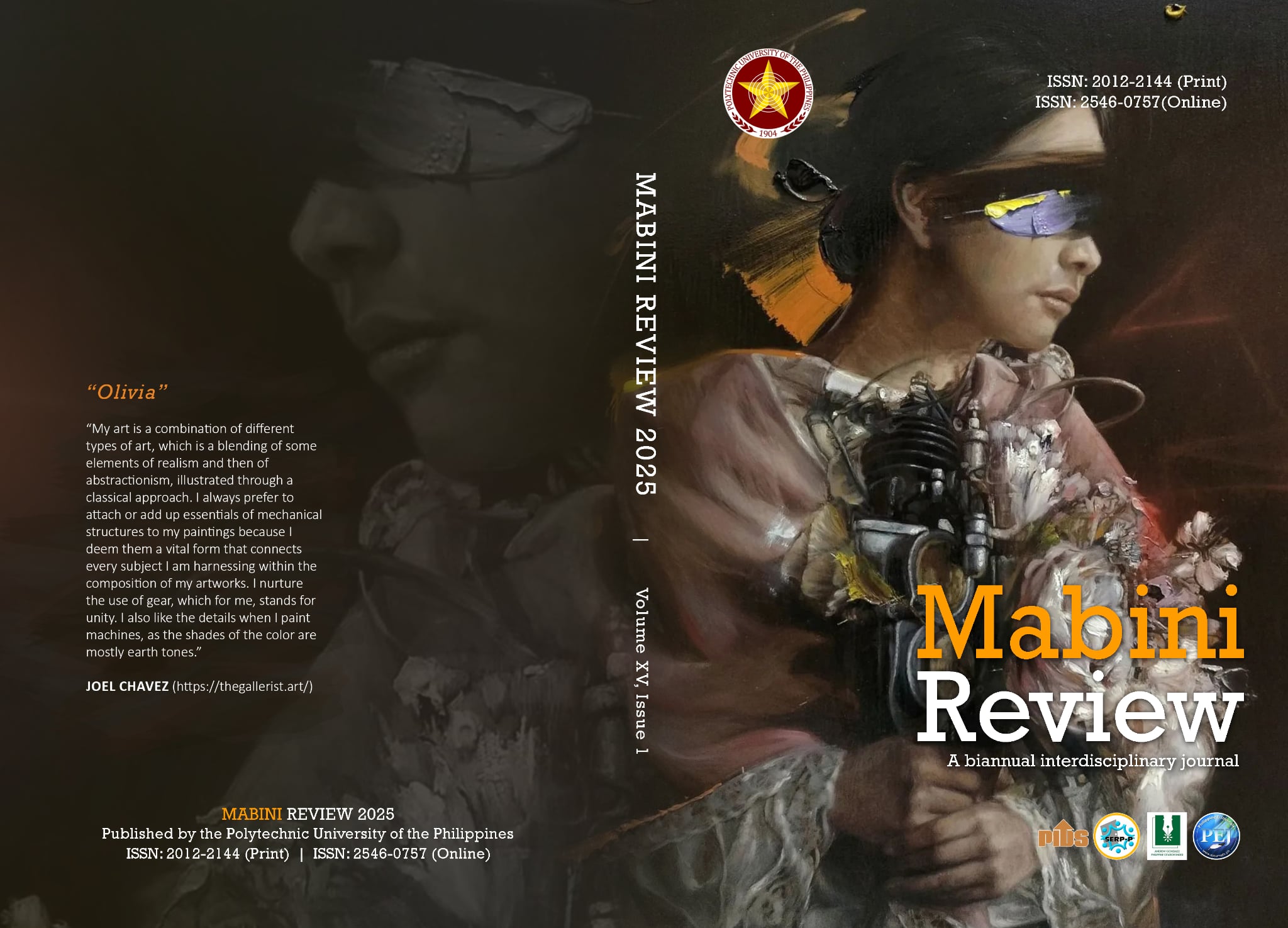Komparatibong Analisis ng Sayaw na Ritwal ng Karakol sa Cavite Gamit ang Panata, Pagtitipon, at Pagdiriwang ni Anril Tiatco (Isang Preliminaryong Pag-aaral)
DOI:
https://doi.org/10.70922/sav90z72Keywords:
Karakol, ritual, dance, vow, debotionAbstract
Karakol is a ritual dance performed by the people of the province of Cavite every time there is a feast of a Patron Saint or a “Poon” in a chapel or parish. However, in recent years, there has been a shift towards the use of modern music and modern steps and variations in dancing the ritual dance Karakol. This change has received different reactions from the people, especially with the older generations. Some people are criticizing these changes, and want to bring it back to the dance to its traditional style. However, some people perceive these changes as an opportunity to attract younger generations to go back to church and continue the tradition of dancing the Karakol. This research paper examines the changes in the Karakol ritual dance. Focusing on the evolution of the dance and its ritual, the motivations behind the changes from traditional religious Karakol, modern religious Karakol, to
modern secular Karakol, a proposed categorization by Dioso and Demeterio in this paper on Karakol Ritual Dance. The theory of cultural performance, and Tiatco’s phenomenon of Panata, Pagtitipon, and Pagdiriwang are one of the bases of this paper, this study comparatively analyzed the three proposed categories of Karakol using the data from interviews and online videos and livestreams, visual ethnography during Karakol celebrations, as well as the personal experience of the researcher as a devotee and as a Karakol dancer. By identifying the cultural meanings and symbols expressed in the Cultural Performance, the study identified the differences in the suggested categories of Karakol in two old churches in Cavite, the Tanza Church and Rosario Church. In this sense, traditional religious Karakol is being overshadowed while the modern categories such as modern religious Karakol and modern secular Karakol are becoming more popular and more recognized by new devotees and Karakol dancers. This research is part of preliminary studies on this undocumented culture of devotion through the Karakol ritual dance.
Downloads
Downloads
Published
Issue
Section
License
Copyright (c) 2025 June Kiervin G. Dioso, Feorillo Petronillo III Demeterio (Author)

This work is licensed under a Creative Commons Attribution-NonCommercial 4.0 International License.
Articles published in the MABINI REVIEW will be Open-Access articles distributed under the terms and conditions of the Creative Commons Attribution-Noncommercial 4.0 International (CC BY-NC 4.0). This allows for immediate free access to the work and permits any user to read, download, copy, distribute, print, search, or link to the full texts of articles, crawl them for indexing, pass them as data to software, or use them for any other lawful purpose.


